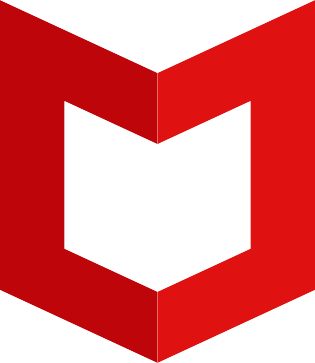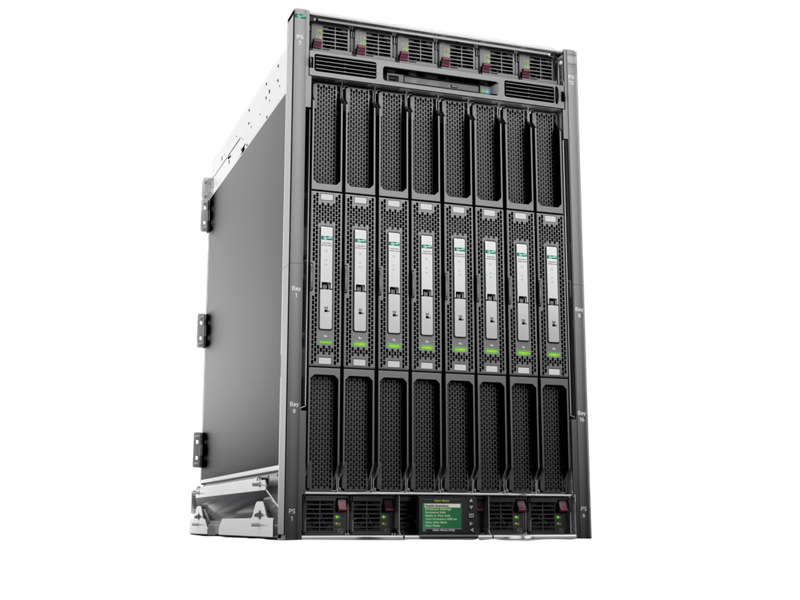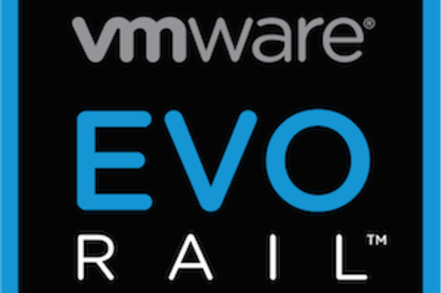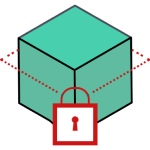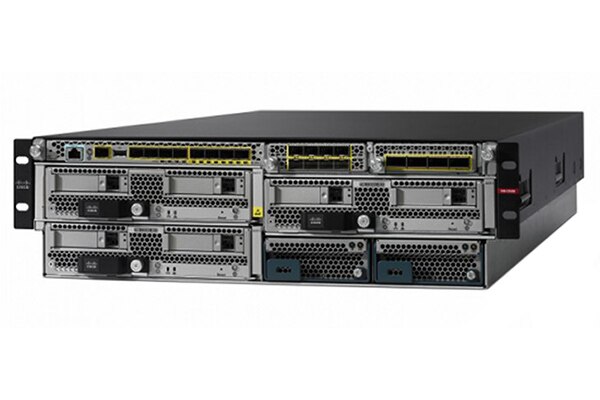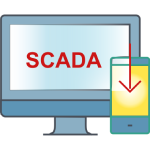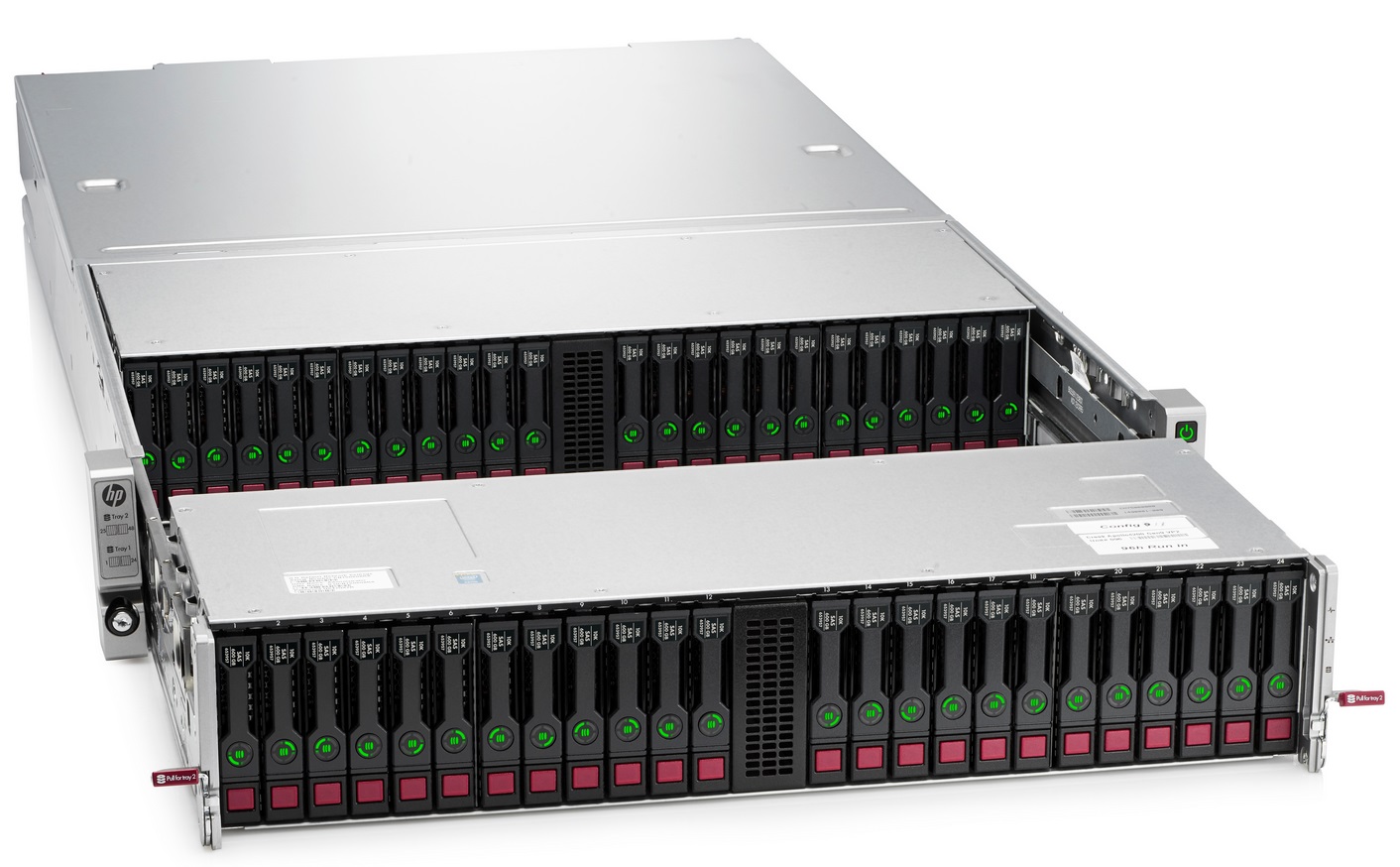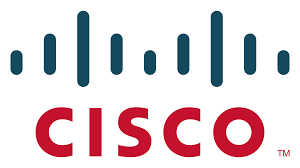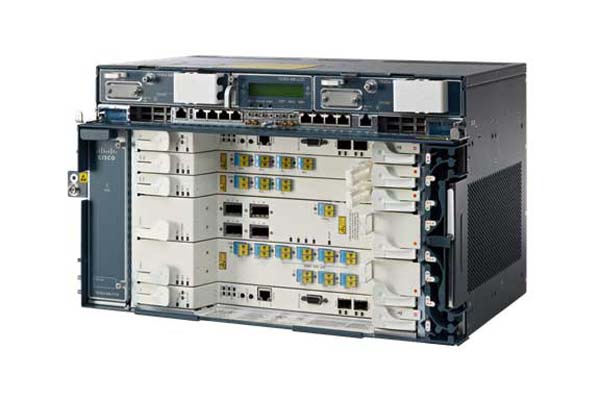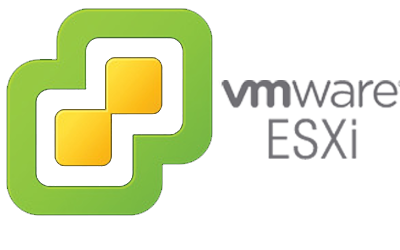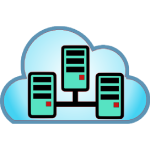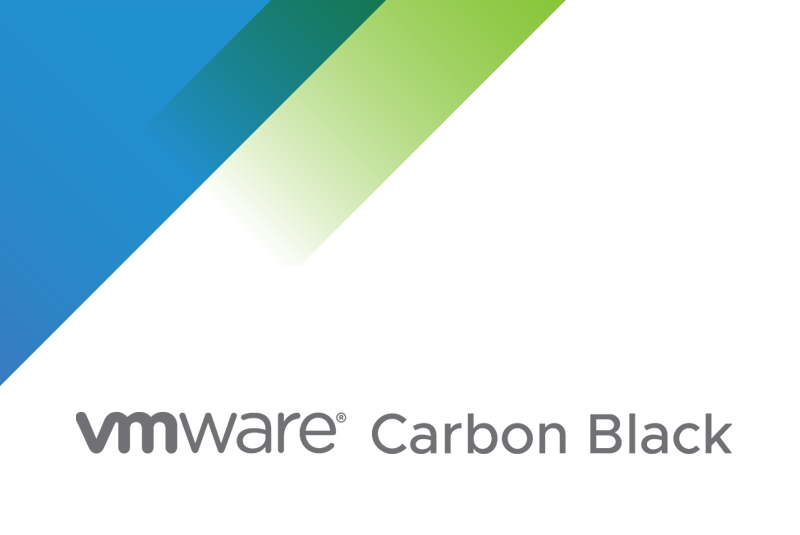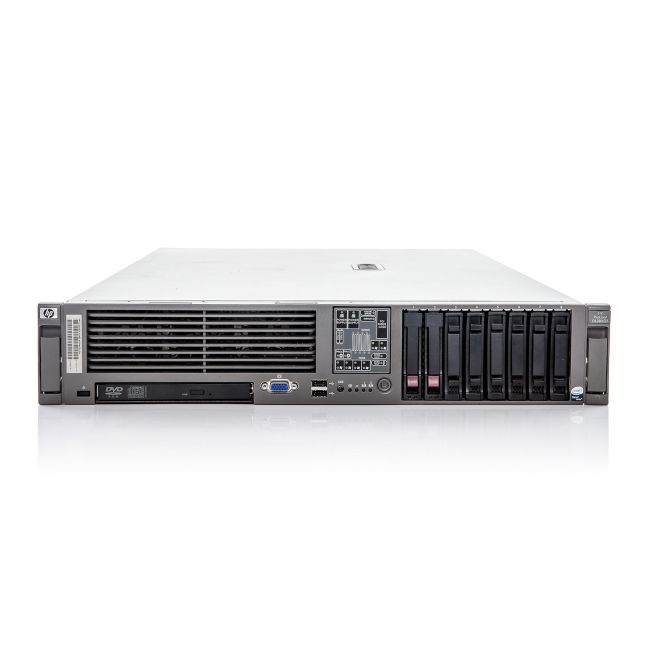
Description
Unicomp CJSC was established in 1996 on the base of the “Nairi-91” well known company, which, in turn, was based on the so-called “cooperative” company (“born” in 1988 by Gorbachov`s perestroika) by a group of young engineers led by then-25-year-old Armen Baldryan to develop software for local banks. Unicomp survived all the hardship of the first half of 90-s and currently is proud of its achievements.
The main goal of the company’s creation was to improve quality of services and enlargement of the assortment of the goods through promotion of advanced solutions of the IT world leaders in the Armenian market.
According to the Founding CEO of Unicomp Armen Baldryan, there were three basic principles, to achieve that goal.
1. Unicomp does not consider selling of a product as a one-time-action, but considers it as just a beginning of cooperation and business partnership with the client. And exactly this idea was fundamental at the establishment of Unicomp back in 1996;
2. Another principle was to provide a wide range of goods and importantly with correspondingly wide range of prices. Of course, the maximal quality of products should not be compromised.
ISO 9001 - Unicomp When speaking about quality, it must be mentioned that well-known British Global Certification Ltd organization yet in March 2002 awarded Unicomp CJSC with ISO-9001 certificate (reg. num. 016770) for quality management in assembly, installation, selling, support and repairing of computers, servers and mobile systems; turnkey IT solutions; design, installation and support of LANs, WANs and Cluster systems. That document was approved later by the UKAS - United Kingdom Accreditation Service. But to provide that very quality a team of high-skilled professionals is needed, capable to solve all possible problems that a company may face. And, to note, such giants as Intel and Hewlett Packard have certified Unicomp employees. The employees are being regularly trained in partner companies both for dealing with new equipment and for sales and marketing;
3. Coming back to competences of Unicomp, one must mention that the company is not only making R&D, assembling, selling, repairing of hardware, but also offers the so-called complex (end) solutions: hardware+ software+ servicing, including e-government, e-business, e-education, etc.
Categories
Supplied products
Partnership with vendors
Vendor | Partner status | Country | Partner types |
|---|---|---|---|
| VMware | Solution Provider - Professional | ||
| Cisco | Premier | ||
| Hewlett Packard Enterprise | Gold | ||
| McAfee | Silver | ||
| Fortinet | Gold |

